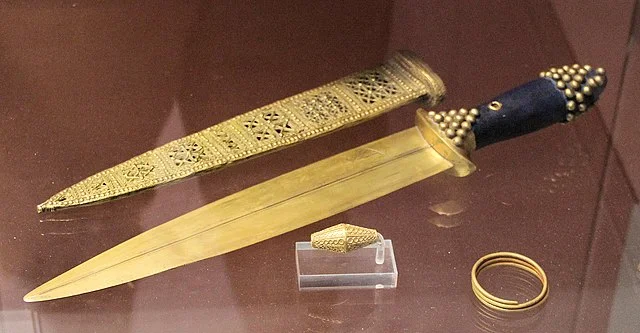The Royal Tombs of Ur, excavated in the 1920s and 1930s by British archaeologist Sir Leonard Woolley, represent some of the richest and best-preserved burial sites of the ancient Mesopotamian world. These tombs, which date to around 2600 BC, offer insights into the social, religious, and political structures of early Mesopotamian civilization, specifically the Sumerians who established the ancient city of Ur. Located in what is now modern-day Iraq, these tombs have provided archaeologists with invaluable evidence of early urban life, artistry, and ceremonial practices.
Get your dose of History via Email
Background of Ur
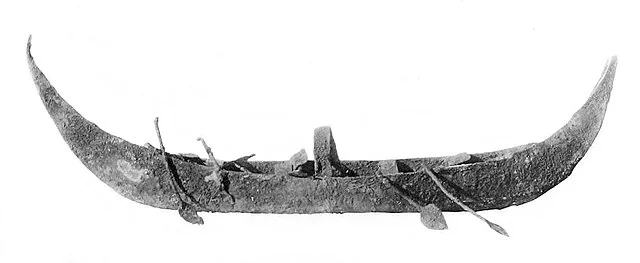
Ur was one of the most prominent Sumerian city-states in southern Mesopotamia. Situated near the Euphrates River, it thrived as a trade, political, and cultural hub. By the third millennium BC, Ur had developed a sophisticated society with advancements in writing, architecture, and governance. Its people practiced a polytheistic religion, and their society was organized around a class hierarchy. The royal family, priests, and wealthy citizens held significant influence, which is evident in the elaborate nature of the tombs uncovered by Woolley.
Discovery and Excavation
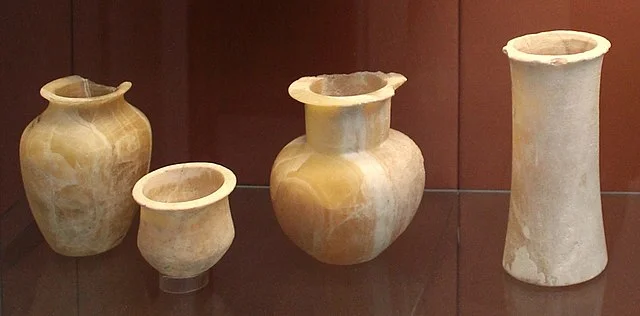
Woolley’s excavation of the Royal Cemetery of Ur was one of the first large-scale archaeological projects conducted in Mesopotamia. His team uncovered around 2,000 tombs, of which 16 were identified as royal tombs due to their grandeur, artifacts, and burial practices. The discovery included both simple graves and elaborate tombs filled with gold, silver, and lapis lazuli artifacts. Woolley’s meticulous documentation set a standard for archaeological work at the time, and his findings brought the ancient Sumerian civilization into the global spotlight.
Architecture and Structure of the Tombs
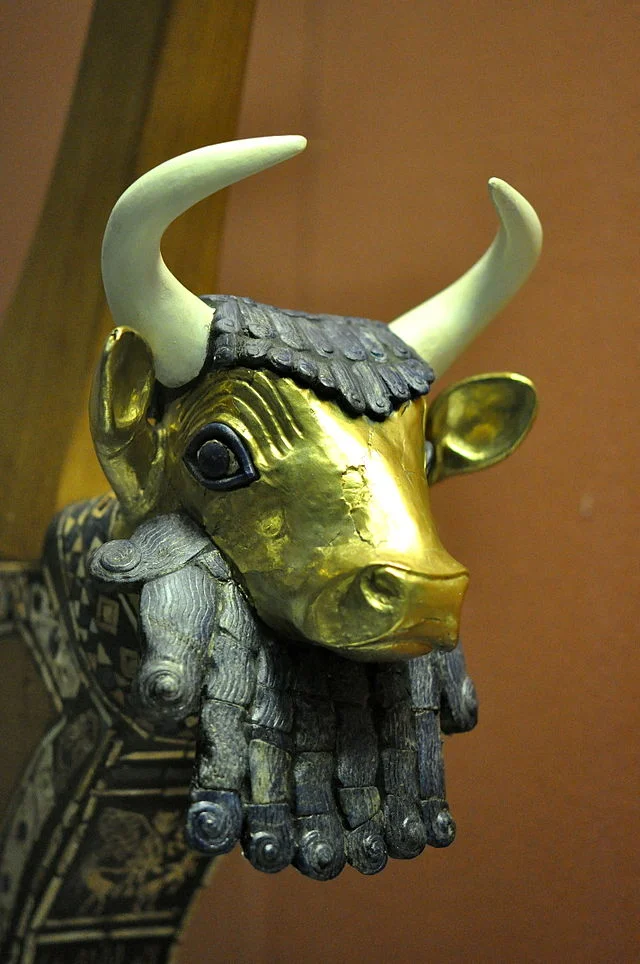
The royal tombs varied in design but generally included underground chambers built with mudbrick. The more elaborate tombs, such as those of Queen Puabi and Meskalamdug, featured multiple rooms and were accessed by ramps. The tombs were designed for both the burial of the primary individual and the interment of attendants, guards, and sacrificial animals. Woolley found evidence of elaborate funerary rites, including the ritual sacrifice of attendants who were placed beside their rulers. These practices underscored the high status of the deceased and the strong belief in an afterlife.
Artifacts and Burial Goods
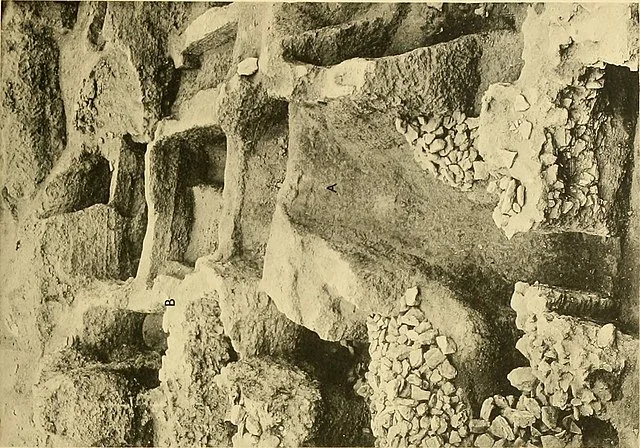
The Royal Tombs of Ur are most notable for their rich collection of artifacts. These items included gold jewelry, weapons, musical instruments, and ceremonial objects. The artifacts demonstrated the skilled craftsmanship of Sumerian artisans and the extensive trade networks that connected Ur to regions as distant as Afghanistan and Egypt.
One of the most famous artifacts is the “Standard of Ur,” a trapezoidal wooden panel inlaid with shells and lapis lazuli. The scenes on the panel depict war and banquet scenes, reflecting both the military and social aspects of Sumerian life. Other notable artifacts include Queen Puabi’s headdress, made of gold and semi-precious stones, and a lyre adorned with a gold bull’s head, which suggests the importance of music in Sumerian rituals.
Insights into Sumerian Society and Religion
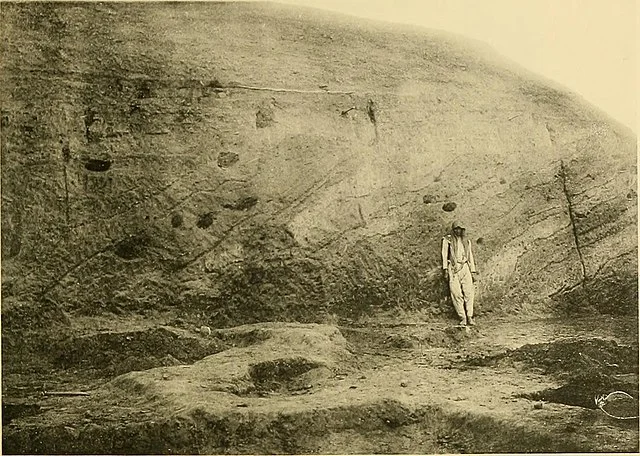
The layout, construction, and contents of the Royal Tombs provide insights into Sumerian beliefs and social structure. The wealth of the burial goods suggests a highly stratified society with a ruling class that enjoyed immense wealth and power. The presence of sacrificial attendants indicates a belief in the afterlife, where these individuals would serve the deceased. Additionally, the depictions of deities and mythological scenes on the artifacts reflect the Sumerians’ complex pantheon and religious beliefs.
Significance and Legacy
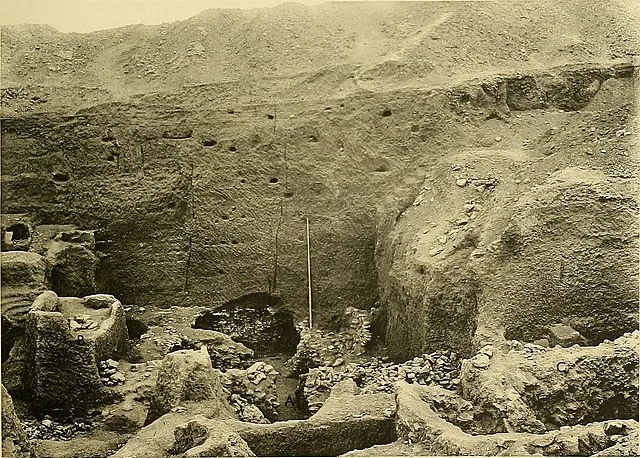
The discovery of the Royal Tombs of Ur was groundbreaking. It provided one of the earliest examples of a complex society with centralized authority, wealth distribution, and religious practices. Woolley’s work at Ur helped establish Mesopotamia as a foundational civilization in human history and influenced future archaeological studies.
Today, the artifacts from the Royal Tombs are preserved in several museums, including the British Museum and the University of Pennsylvania Museum. These artifacts remain a testament to the achievements and cultural legacy of the Sumerians and continue to be subjects of study for historians and archaeologists worldwide.
Conclusion
The Royal Tombs of Ur offer a remarkable glimpse into the lives of the ancient Sumerians. The discoveries made by Leonard Woolley continue to shape our understanding of early civilization and urban society. As a center of cultural and economic development, Ur exemplified the early complexities of city life and laid the groundwork for future advancements in Mesopotamian and global history.
Source:

